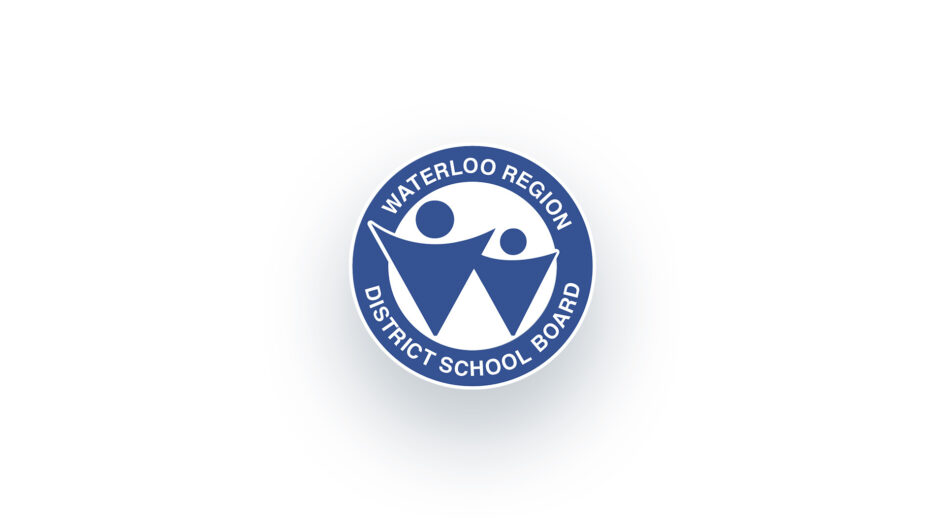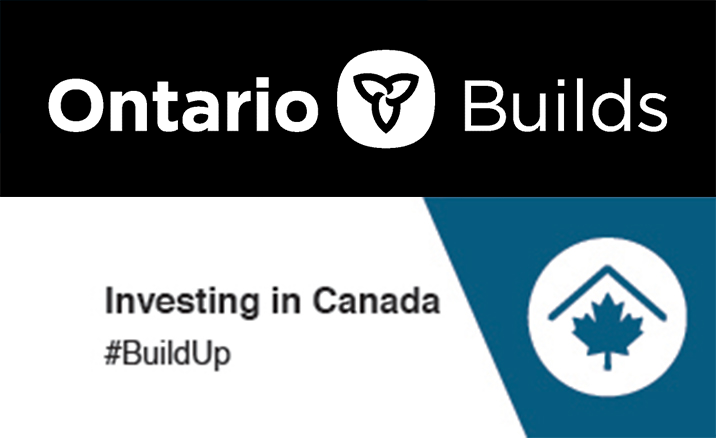
September 8th, 2023
The Waterloo Region District School Board’s (WRDSB) ultimate goal is to ensure that we are supporting the academic achievement and well-being of students. We know that students are more likely to achieve success in school when they have a safe, caring and inclusive environment for learning. Student achievement and well-being go hand-in-hand.
With the start of the new school year upon us, we have been using the indicator data we collected last year as part of the Board Improvement and Equity Plan (BIEP) to inform our plans for this school year. The Multi-Year Strategic Plan is our vision for the future and the BEIP is our annual work plan to help achieve that vision..
Transforming Education
We are focused on transforming a public education system that is over a century old. We aim to create a system that ensures all students are supported in achieving their potential; a system where students’ outcomes are not predicted by their identity or social location.
There are many examples of how we’re already working on improving student academic achievement. We have been a leader in the province and implemented a multi-year reading strategy using a structured literacy approach across the WRDSB. We’ve expanded our intermediate math intervention pilot program, which uses small-group instruction to prepare Grade 7 and 8 students for high school-level math.
This past year, we saw more students graduating within both four and five years of secondary school. Grade 6 students performed at or above the provincial average on the EQAO tests in reading, writing and mathematics. The number of Grade 10 students successful in taking the Ontario Secondary School Literacy Test (OSSLT) on the first try surpassed the provincial average. We have also had great success with helping students achieve credit accumulation through summer learning programs.
Measuring Our Progress
Our Board Improvement and Equity Plan (BIEP) outlines the work we set out to do each year, including the indicators we track.
For example, to measure academic success, we look at how many students are:
- Reading at grade level by the end of Grade 2
- Meeting or exceeding the provincial standard in EQAO testing
- Succeeding on the OSSLT
We’ve also set the objective to ensure that every student feels their learning environment is engaging and supports their mental health and well-being. To measure our progress, we’ll be looking at the Safe, Caring and Inclusive School Survey, alongside other indicators.
Looking at the Data
Data such as provincial test scores, student well-being survey responses, credit accumulation, and demographic data are available to help us understand trends in our system. We look at board-wide data, as well as school-level data. We use this information for short and long-term planning.
Dana Liebermann, Ph.D., is the Executive Manager, Research and Organizational Transformation at the WRDSB. She explains that we don’t use all this data in the same way. While data from student surveys can be used to identify overall trends across the district, it can’t and shouldn’t be used to draw direct cause and effect conclusions on a school-by-school basis.
“Data like standardized test scores, student well-being survey responses and demographic data are available to help us understand the experiences and achievements of WRDSB students However, student surveys, like the Student Census and the Safe, Caring and Inclusive Schools Survey, are voluntary,” said Dr. Liebermann. “As a result, the feedback we receive doesn’t represent the experiences of every student. That type of contextual information matters and we take this into consideration when interpreting and acting on the feedback we receive.”
Using Data Responsibly
As an organization, we are committed to the responsible use of the data, which includes the use of ethical practices that prioritize protecting individual privacy, as well as reducing bias and discrimination. Generalizations and inappropriate use of data are harmful to the students we serve and can perpetuate stereotypes that are damaging to groups of people and communities as a whole.
Recent articles in the Waterloo Region Record utilized data from the Safe, Caring and Inclusive Schools Surveys and compared it with other data sets. When the Record shared its analysis before it was published, we advised it was inappropriate to provide school-by-school comparisons and place them alongside the other variables they created. We are committed to being transparent with our school communities and we engage in analyses that contextualize the data. Surveys are one tool of many that we use to inform decision-making and support student achievement and well-being.
We know that changing a system as old as the public education system to one that better serves all students is no easy task. It cannot be done in a year. It requires careful consideration of what we know works; the collection of new baseline data and tracking progress over time; and care in how we address barriers that may arise. It is hard and necessary work.
As we remain focused on achieving the vision in our Multi-Year Strategic Plan, we are committed to continuing to develop new and innovative ways to support student achievement alongside their well-being. In support of transparency and accountability, we will continue to measure and report on our progress several times a year with the families and community members we serve.
Learn more
Categories: News

